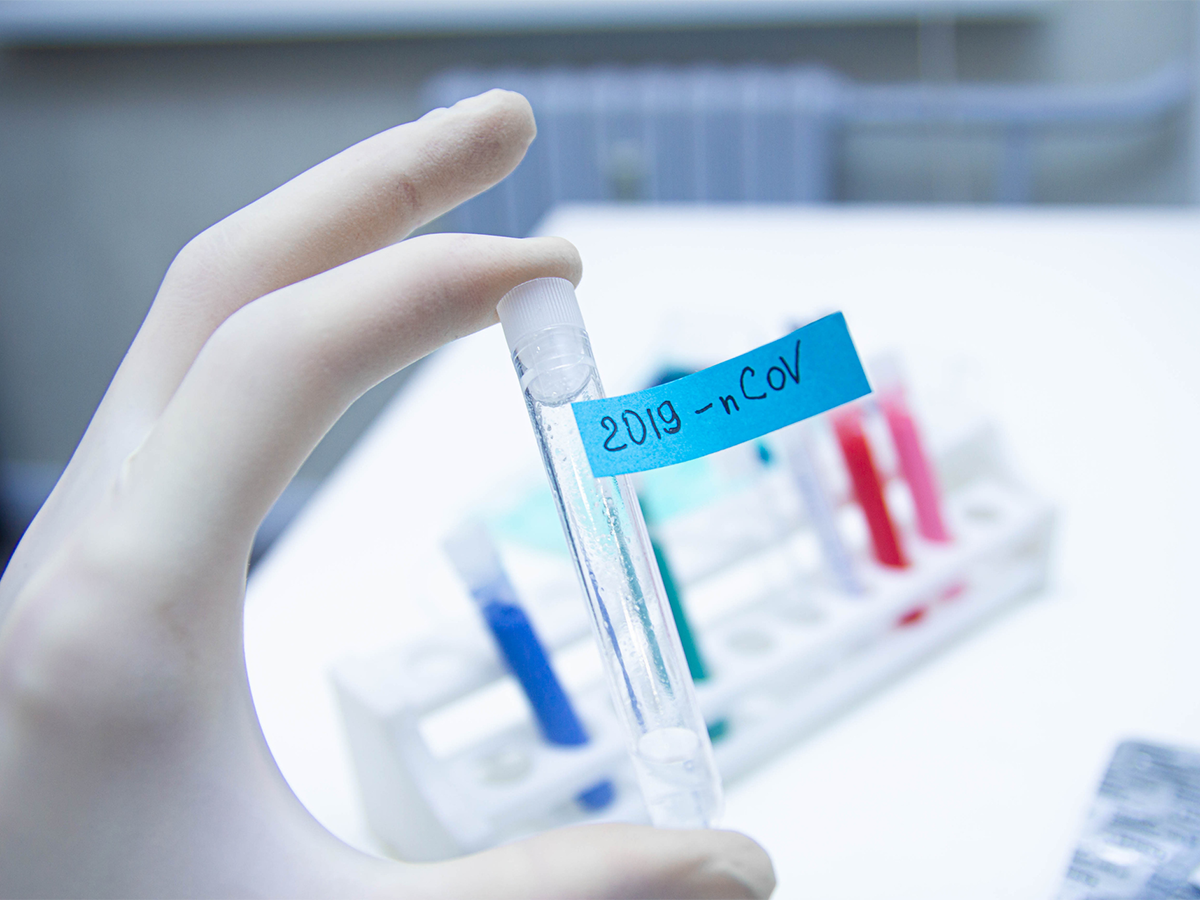BREAKING NEWS! China’s Medical Expert Admits Serious Flaw In Coronavirus Diagnostics!
Source: Thailand Medical News Feb 11, 2020 5 years, 1 month, 3 weeks, 6 days, 16 hours, 28 minutes ago
Despite a recent PR stunt by China by using an 83 year old epidemiologist, Dr Zhong Nanshan, to say that the
coronavirus might peak by middle or late February and even disappear By April, many other Chinese doctors and researchers are saying that this is very unlikely and that the situation is going to get much worse and prolonged.

Despite winning fame for combating the SARS epidemic 17 year ago in 2003, Dr Zhong already made a wrong prediction about the
coronavirus peaking earlier.
The doctors and researchers on the ground say that considering the magnitude of the spread in China, the newly discovered properties and nature of the
coronavirus along with a few technical blunders, its most likely that the epidemic would not peak nor disappear anything soon.
One of the medtech blunders that is affecting China’s ability to control a rapidly spreading
coronavirus epidemic is that
a key test used to confirm new cases is failing to catch large numbers of people with the disease due to its accuracy.
Issues with so-called nucleic acid tests (NATs) widely used to identify the presence of the previously unknown pneumonia-causing coronavirus make it likely that many infections are going uncounted even as the number of confirmed cases continues to spiral.
Health authorities are still struggling to ascertain the true extent of the epidemic, which had infected 43,106 people and killed 1018 in China as of today, according to the National Health Commission (NHC).
In Hubei, the province at the epicenter of the outbreak, reports of overwhelmed hospitals, scarce medical supplies, and overly stringent diagnostic criteria have complicated efforts to determine the scope of the disease.
Chinese government officials have recommended cheap, abundant, and generally accurate NATs as one of two main methods to confirm the presence of the
coronavirus in humans. The technique involves collecting samples from patients and testing them for specific kinds of molecules that appear in the genetic material of the new
coronavirus. If those molecules are present in the sample, the patient is isolated for treatment.
However there is growing concern that
those NATs are producing large numbers of false negatives.
In an interview with state broadcaster CCTV last week, Dr Wang Chen, an expert in critical diseases and director of the Chinese Academy of Medical Sciences, said
one characteristic of the virus was that “not all of those infected by it return positive NATs.”
Dr Wang added, “
Even patients who definitely have the disease only come back positive 30% to 50% of the time. Testing throat swabs (from potentially infected pe
ople) also returns a lot of false negatives.”
Diagnostic tests like NATs are especially important in individuals that may have contracted the
coronavirus but have not yet shown symptoms
. Emerging trends in local infections mean that many such patients may have been sent home by hospitals after their NATs came back negative.
Dr Zhang Xiaochun, a deputy director of the medical imaging department at Zhongnan Hospital of Wuhan University, one of the institutions at the center of the outbreak told
Thailand Medical News, “At the moment, more and more cases in Wuhan are flaring up collectively in family groups, and the majority are of the concealed onset type. They may have undergone one or even several NATs and shown no clinical symptoms, but keeping them under observation at home is bound to spread the disease further.”
A physician in the imaging department of another major Wuhan hospital, who spoke on condition of anonymity, said that previously some patients whose CT scans clearly
showed signs of viral infection but whose NATs tested negative were “released” back into their communities due to a shortage of hospital berths.
Nucleic acid tests or NATs are by basically an imperfect mechanism for determining the presence of a given organism. For instance, because the genetic material they test for usually only exists in tiny amounts, many NATs include a step called amplification, which makes many copies of it. A shortcoming of amplification is that it also copies any contaminating DNA in the sample, potentially causing misleading results.
The same doctor commented, “All experienced doctors know that NATs contain flaws and are not a perfect diagnostic tool.”
Besides NATs, health officials have also recommended the use of gene sequencing to confirm
coronavirus infections.
However that method has its own problems. Although gene sequencing is comparatively accurate, it is also expensive, and not all affected hospitals have the necessary facilities. Additionally, at the start of the outbreak, many hospitals had to gain permission from higher authorities to conduct such tests, a rule that has since been relaxed.
Doctors have previously called for the inclusion of CT scanning as a key basis for diagnosing coronavirus infections, as well as rapid hospital admission and isolation.
However that too is proving to be not accurate as in some infected patients with severe conditions even, the CT scans is no able to pick up the infection due to the nature of the
coronavirus.
The China NHC on Tuesday relaxed the clinical criteria for reporting suspected
coronavirus cases, with extra leeway granted to healthcare officials in Hubei.
Outside the stricken province, medical professionals should now subject coronavirus infection in patients with radiographic evidence of pneumonia, fever and/or breathing problems, and a low-to-normal white blood cell count or a low lymphocyte count besides the usage of NATs and genomic sequencing. Within Hubei, only two of the three criteria are required.
As a result of the mess in diagnostics, many really infected are still out spreading the disease despite been cleared by the health authorities!
For latest developments and news about
coronavirus research, the
coronavirus epidemic or the
Thailand Coronavirus scenario, keep on checking at:
https://www.thailandmedical.news/articles/coronavirus
